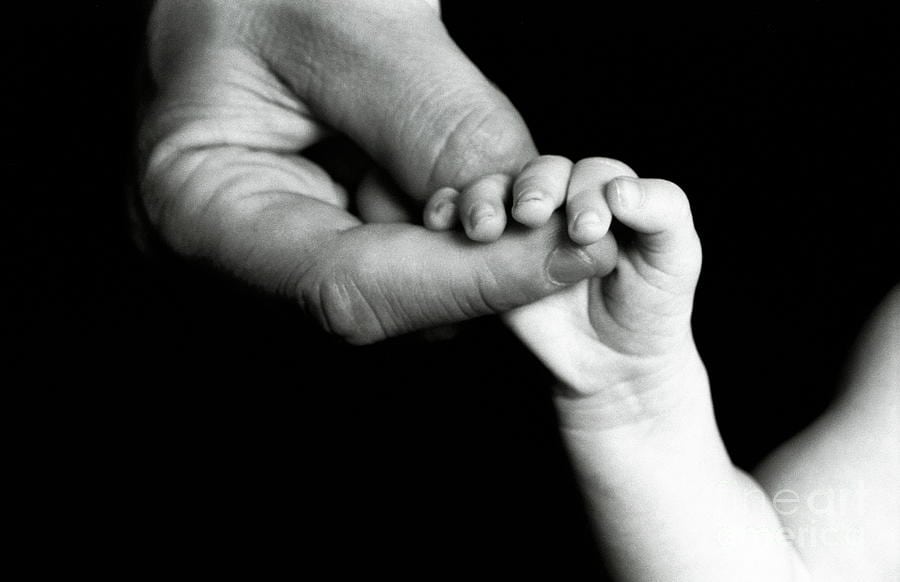Your cart is currently empty!
Can You Outgrow ADHD? Possibly.
Children with ADHD: What do we think of? Getting into trouble. Neverending hyperactivity. Ongoing inattentiveness.
Childhood symptoms of ADHD are often identified by those things. Add poor grades and bad behavior and you have most people’s picture of how things go. The question is, “Do things ever get better? Perhaps, with age.
Until the 1990s, ADHD was considered a “childhood disorder.” Current research shows that this assumption is less than accurate. The increased awareness makes it more common for adults to pursue diagnosis. The same can be true with children.
Research is consistent that the prevalence of ADHD declines with age. However, the change values are inconsistent. Research continues throughout a variety of disciplines.
- 4.4 of adults in the United States are diagnosed with ADHD (compared to 6 million children ages 6 to 17).
- Between 10% and 50% of children with ADHD have the disorder as adults.
- ? of children with ADHD continue to struggle as adults.
- 29% of children with ADHD still have symptoms with adults, and 81% had at least one other psychiatric disorder).
The development of ADHD in teens and young adults changes the characteristics of the disorder compared to their peers. They have a reduced brain volume. Poor memory function is common. These challenges typically continue into adulthood.
Cognitive weaknesses are often connected with ADHD diagnosis. Executive functioning deficiencies impact planning, processing, and staying focused. These skills become more important as they face more mature challenges.
The treatment of adolescents is situated by the identification of specific symptoms. As brain development changes during this period, the impact of this disorder changes as well.
59% of American children with ADHD ages 6 to 17 take medication. It is common that high-school teens are periodically taken off their meds to avoid side-effects. The same is for adults. Unfortunately, they routinely struggle without supports. Taking specific steps help to improve the transition.
- Identify specific symptoms.
- Take of medication once yearly (low stress time).
- If symptoms are no longer visible, continue to stay off.
- Monitor in a variety of environments.
- Home
- School
- Work
- With friends
- Continue to use meds whenever symptoms interfere with demands and tasks relating to a specific activity.
- Medical and psychological treatments can help to control symptoms.
ADHD continues into adulthood for many. This is particularly the case when there are severe symptoms in childhood. It’s also common with comorbidity with psychiatric disorders (depression, anxiety). Strategies should be modified to address needs more common for adults. Many adults have been resorting to neurofeedback (a field in neuro-therapy) to help the brain adapt and produce enough brain activity to initiate proper functioning. Services by premier clinics such as RenuYou (you can visit RenuYouTulsa.com for more information) help in treatment, research and development to achieve peak performance for the brain.
The symptoms of ADHD can sabotage relations at home, at work, and in social settings. Self-esteem and self-knowledge are issues as well. All should be addressed to reduce the impact of the disorder.
- Visualize. Determine times when being spontaneous and talkative are acceptable.
- Stop. Take time to see things in your mind’s eye.
- Imagine a bright future. Seek happiness in completing a task or challenge.
- Check it out with support. Make yourself accountable to another person.
- Own mistakes. Laugh it off.
While many kids outgrow ADHD, approximately 60% still have it as adults. The challenge is to help adults identify when they need help, as many go undiagnosed. Most people learn to adapt. This is the hope for all. Because those with ADHD face many challenges as adults, many that struggle with ADHD are deciding to use ohio marijuana to improve their ability to focus. Marijuana is well known for slowing people down so for those who find difficulties in the working world with ADHD symptoms, it seems a natural choice. This does not work for everyone though and still is not legal in a range of states and countries so if you decide to go down this route check your local laws. Everyone is unique and requires different approaches to help manage their issues so try a range of treatments and find what works for you.
Tags

EdieLovesMath empowers individuals with ADHD and Autism, their families, and professionals through a 4-step plan that builds confidence and success in reading, math, writing, and organization. As someone with a neurodiverse brain herself, Edie understands the challenges and triumphs of navigating learning differences firsthand. Join us. We’re here to guide your journey.
About Me ›
- Helping Neurodiverse Teens Transition to College: 5 Tips for Parents
- What is Neurodiversity? A Parent’s Perspective
- Creative Calm: Why Art Therapy Works for Teens and Young Adults with ADHD
- Getting Disability Accommodations in College: What Students and Parents Need to Know
- Neurodivergent Burnout: How to Recognize It and Tips to Recover

Leave a Reply